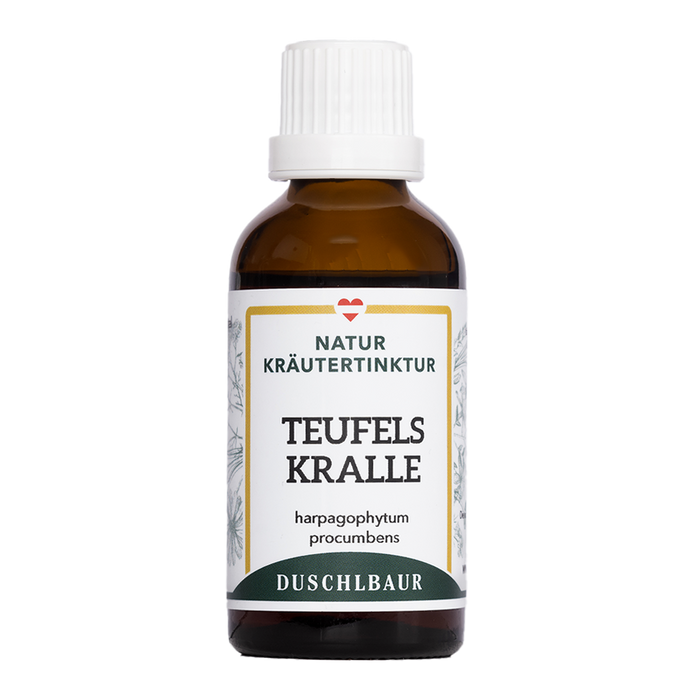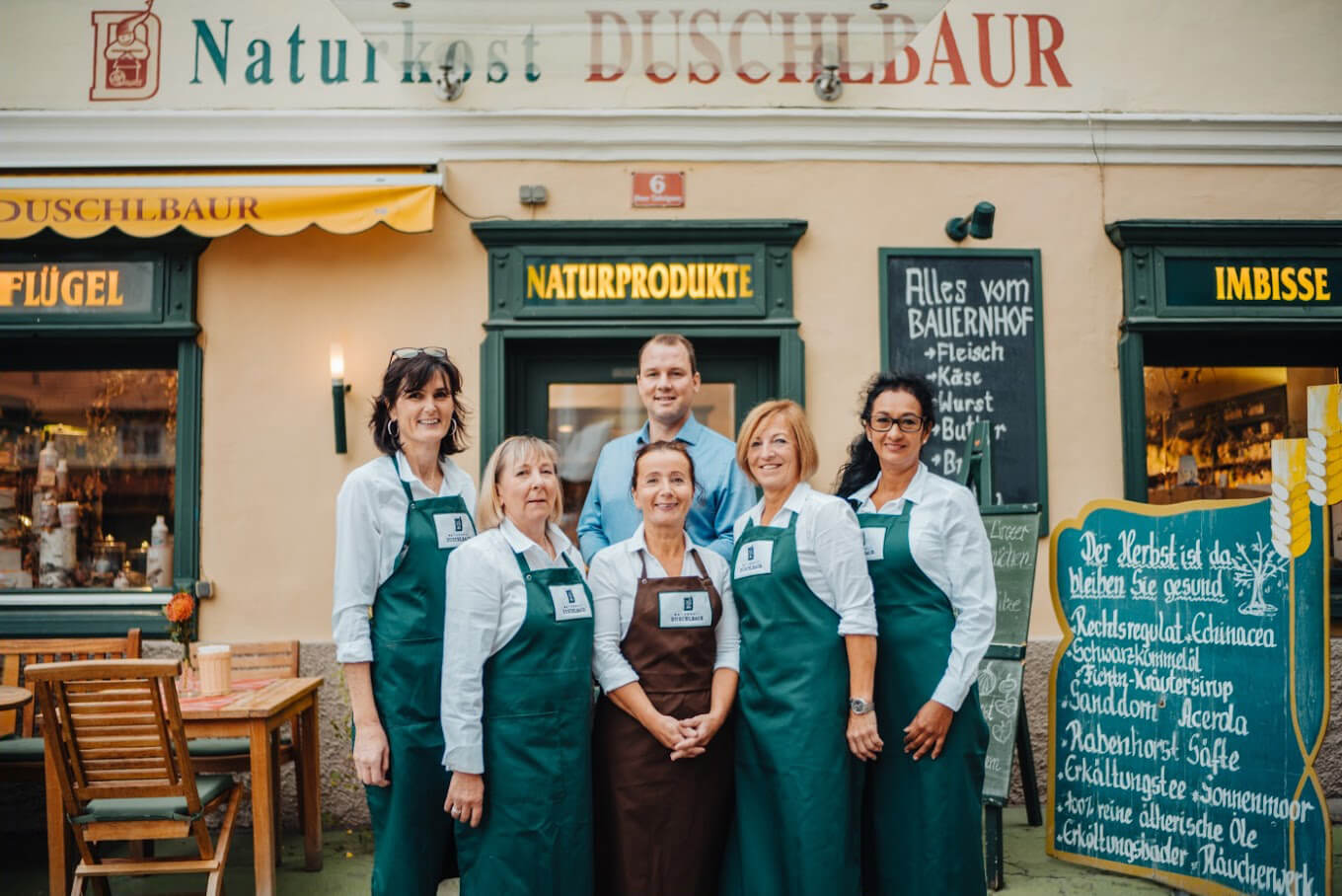The natural ingredients of theDevil's Claw Tincture Dropsare: water, alcohol, devil's claw.
To produce these very valuable drops we use the herb with flowers and roots.
"Harpagophytum" is derived from the Greek "harpagos" = grappling hook, and, like the German name "devil's claw," refers to its powerfully barbed fruits. The arm-like outgrowths of the seed capsules become woody after the capsules burst open and pierce the animals' hooves with sharp barbs. This causes infections that can be fatal.
Harpagophytum procumbens belongs to the sesame family (Pedaliaceae) and is a relative of the sesame species (Sesamum indicum). The "black or spiked devil's claw," found in Europe, belongs to the campanula family and has nothing in common with the African devil's claw.
The African devil's claw is a perennial herbaceous plant whose long shoots creep up to 1.5 meters along the ground. The leaves are dark green, stalked, deeply lobed, and secrete an oily substance via several glandular hairs. This secretion is thought to either serve as protection against pests or be necessary for the growth of new leaves.
The yellowish-brown roots of devil's claw are so-called storage roots. The nutrients and secondary plant substances they contain make devil's claw so valuable.
The devil's claw blooms between December and February with light pink, reddish-violet, funnel-shaped flowers up to 7 cm in size.
The flowers develop into the claw-like, woody fruits described above.







